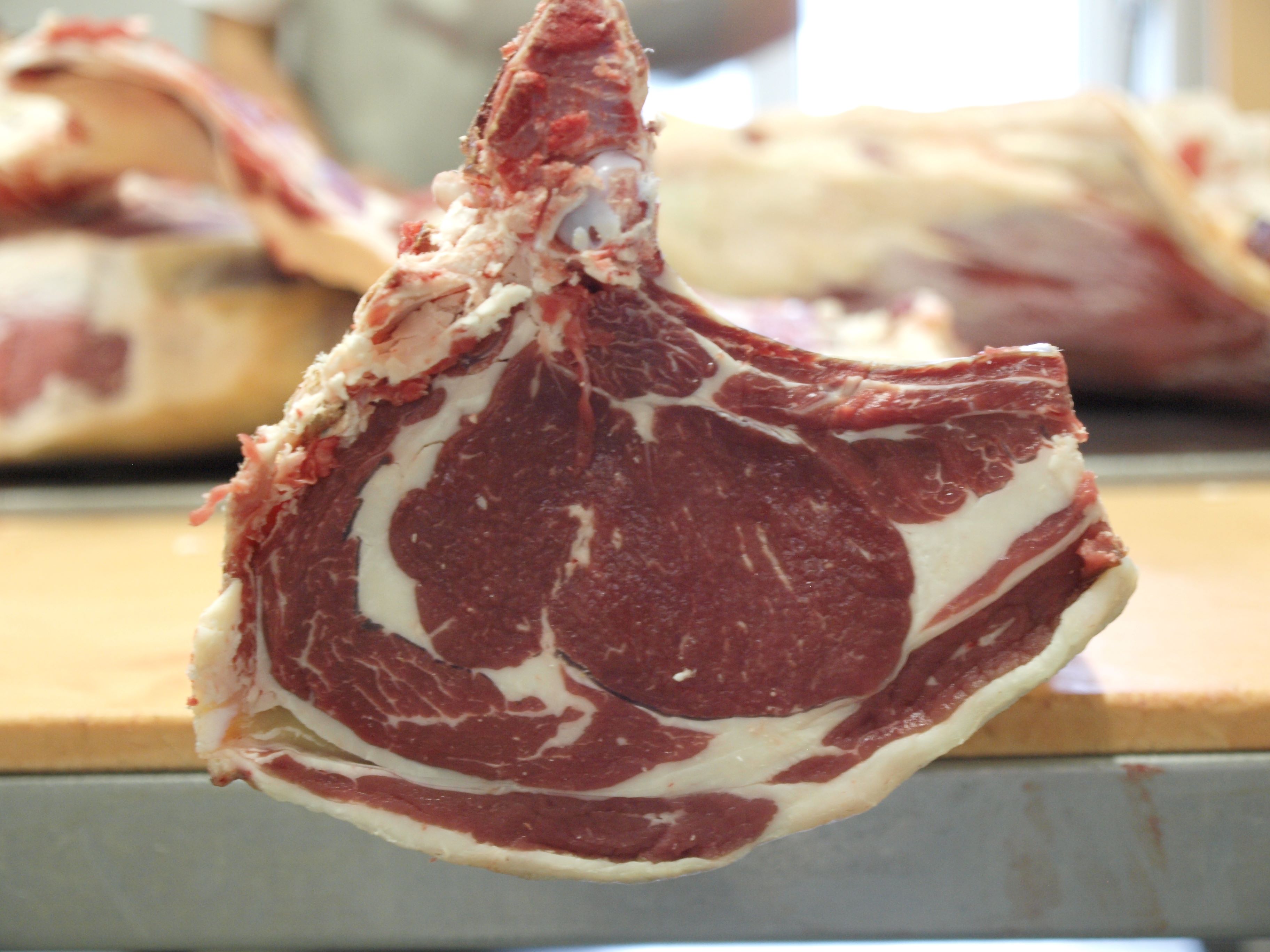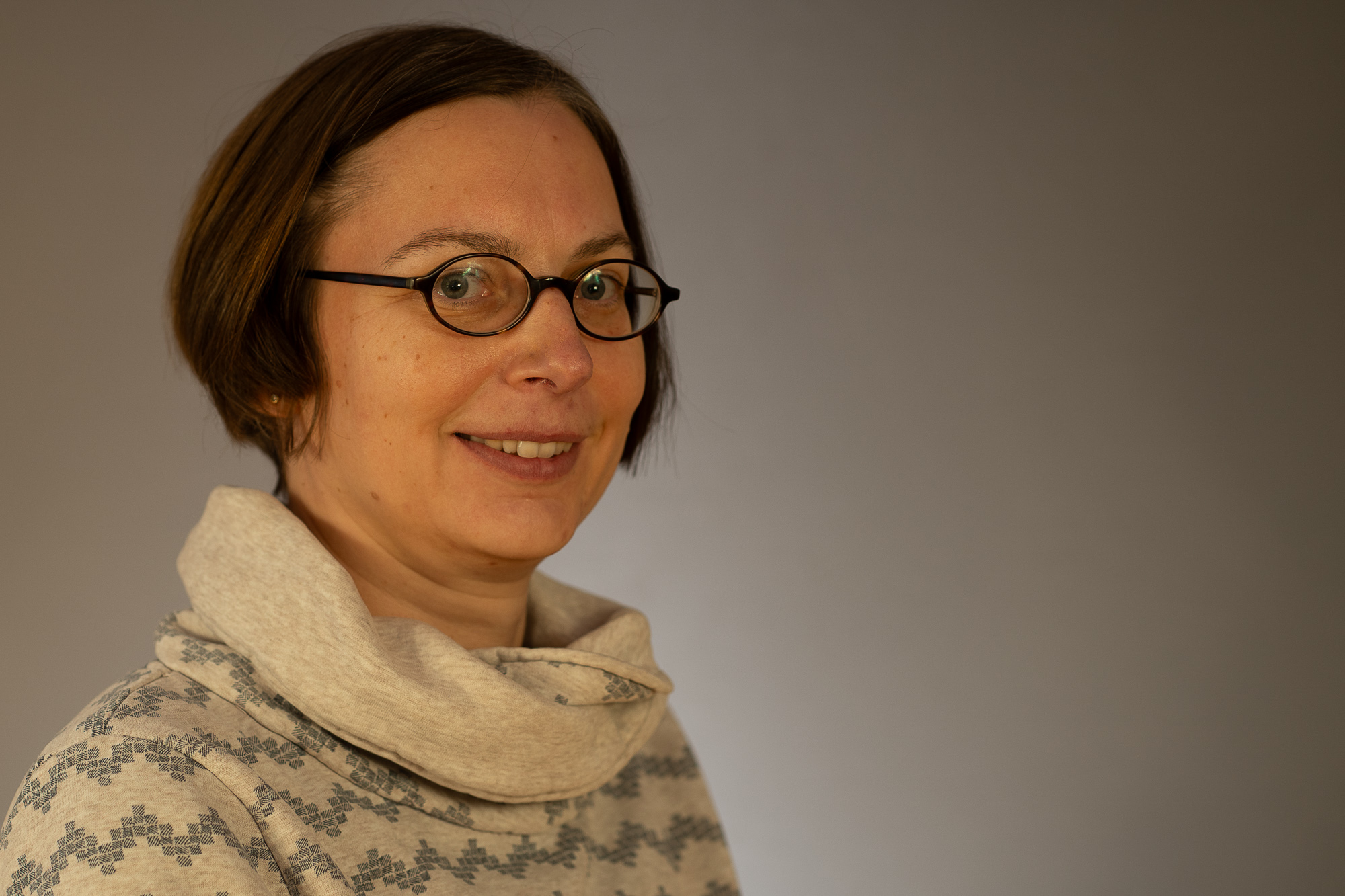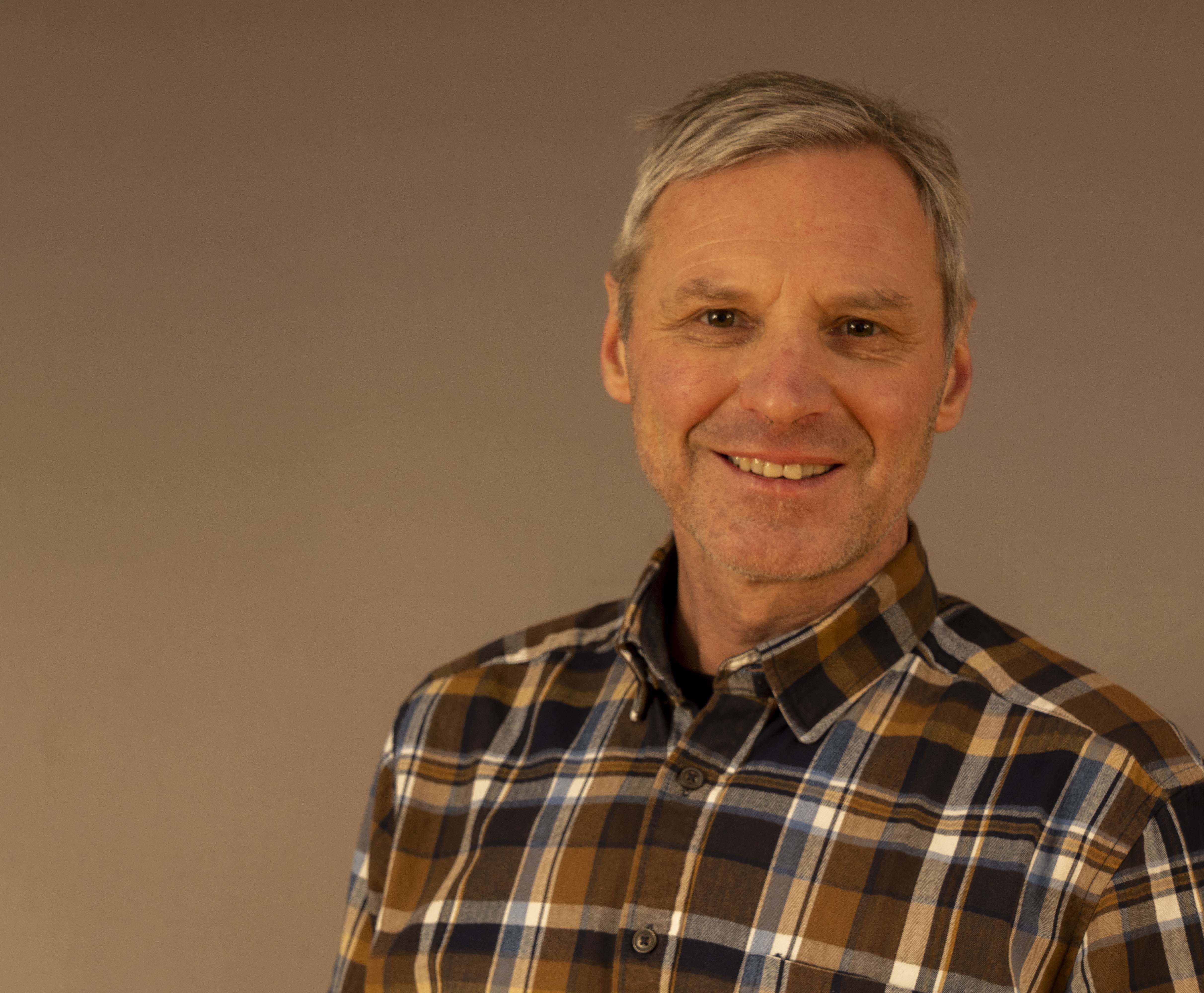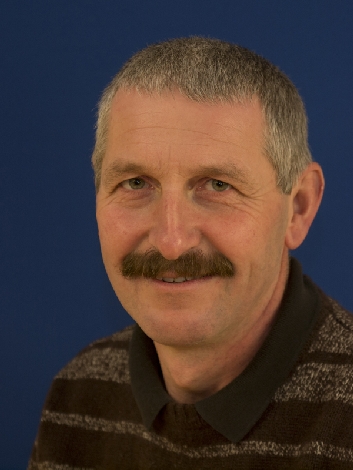In the department's own slaughter room at HBLFA Raumberg-Gumpenstein, around 50 cattle are slaughtered and cut up every year by our two butchers, Hubert Huber and Stefan Fuchs, as part of research projects involving pigs, sheep and goats. The meat is cooked in the school kitchen for students and staff, sold to regional butchers or sold to employees in meat packages.
Thanks to the transport routes from the stable to the slaughterhouse, which are just a few meters short, and the careful work of our butchers, we ensure low-stress slaughter.
As head of the cattle fattening and meat quality department but also as a mother, I am convinced that showing the heart of the slaughter process is reasonable and important. Here is an insight into the slaughtering process on site using a short text and a few pictures.
The evening before slaughter, the cattle receive little feed. Slaughtering takes place the next day in the morning or early morning. The cattle are transported by farm truck to our slaughter room, which is a few meters away from the stable. There the animals are stunned and bled using a bolt gun. The skin is then removed and eviscerated. Several parameters are recorded for each cow during slaughter. After around 45 minutes, the carcass halves go into the pre-cooling room.
Seven days after slaughter, the right half of the carcass is cut into individual pieces. Samples are taken from the 3 cuts of roast, beiried and white scherzel for meat quality tests (tenderness, color, intramuscular fat, meat ingredients, juice losses, ...) in our meat laboratory.



















